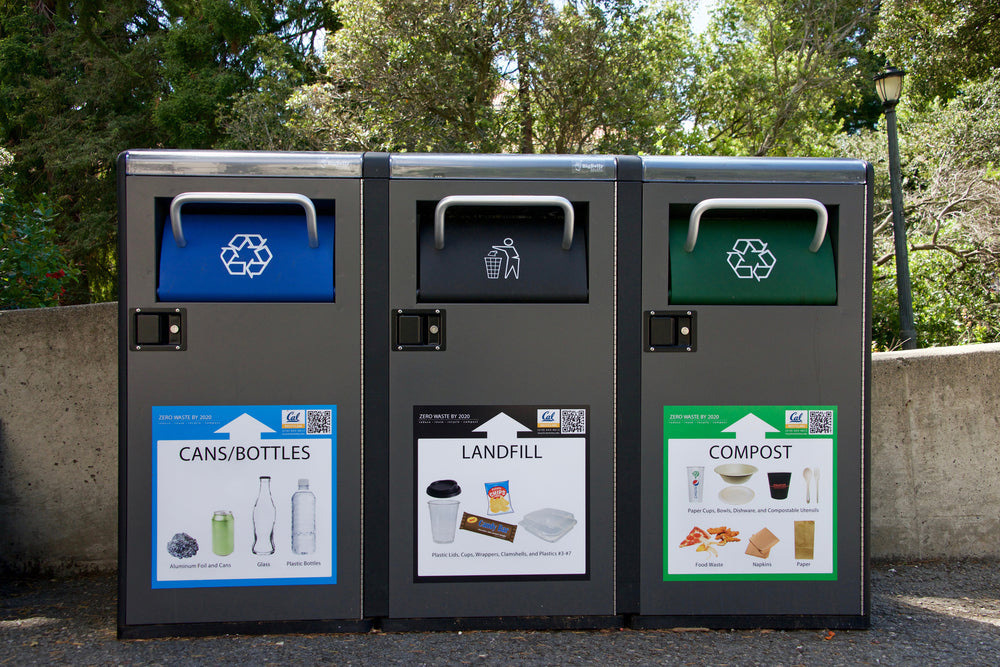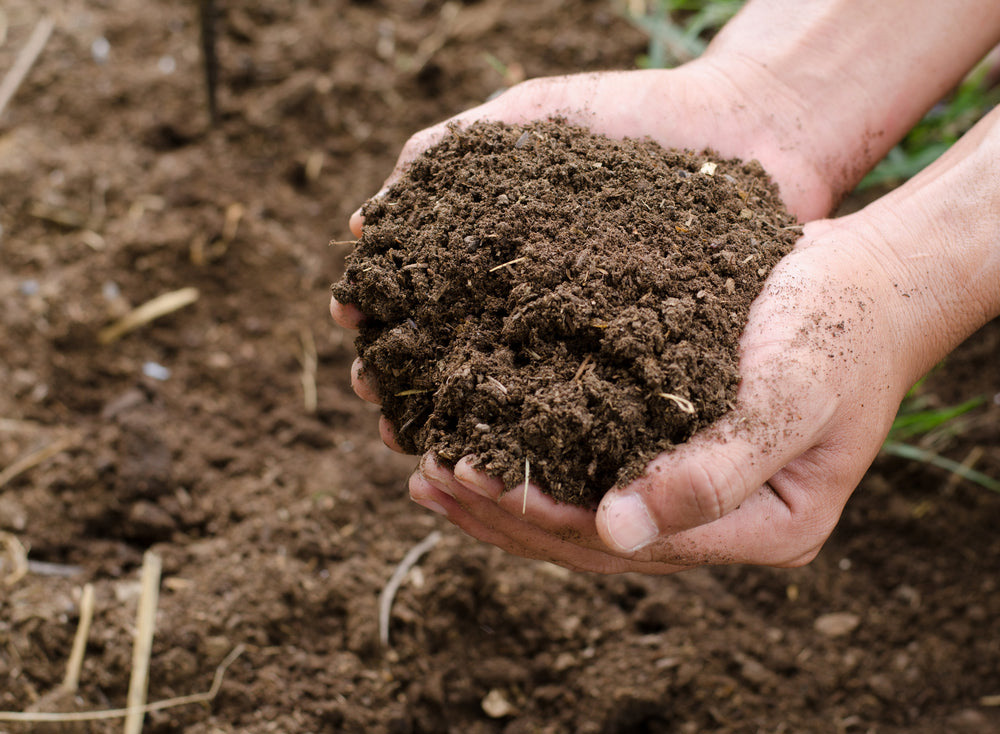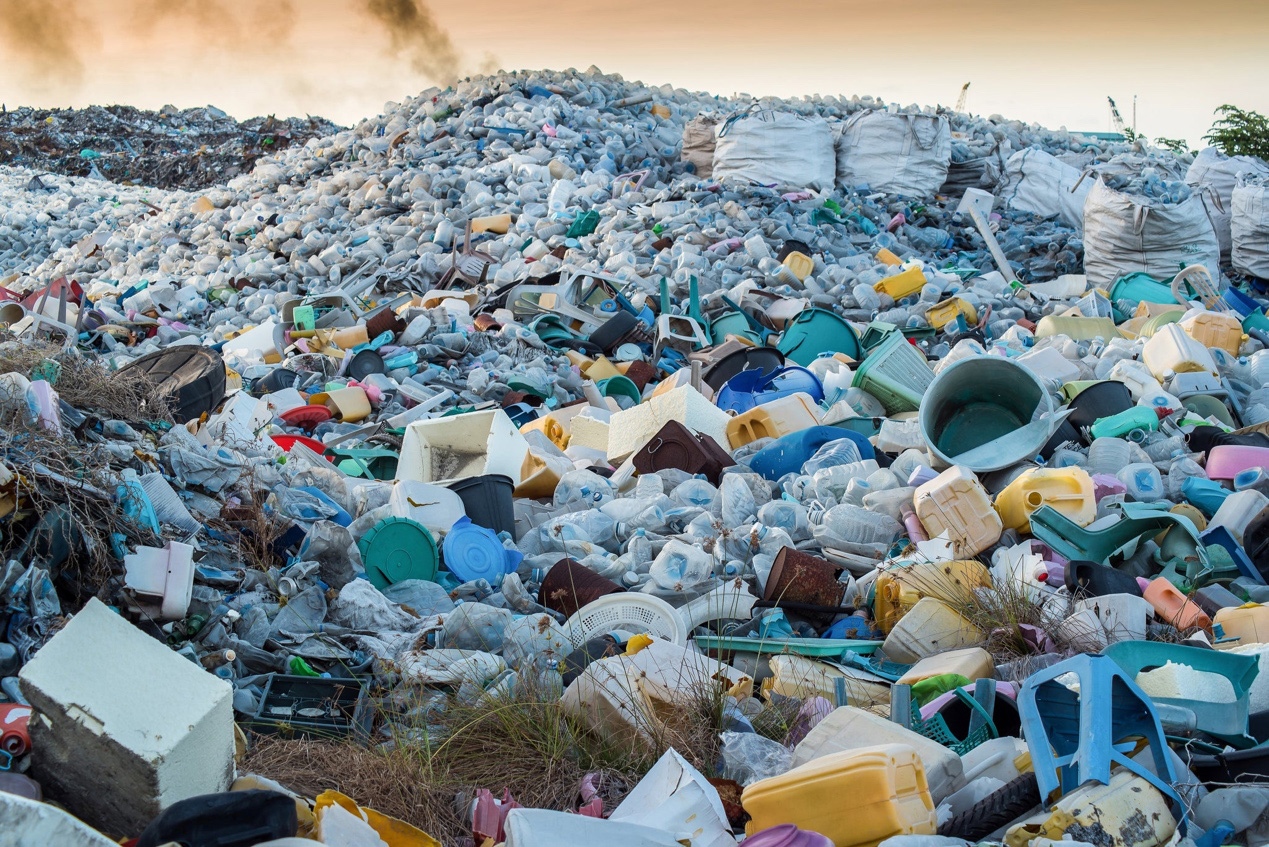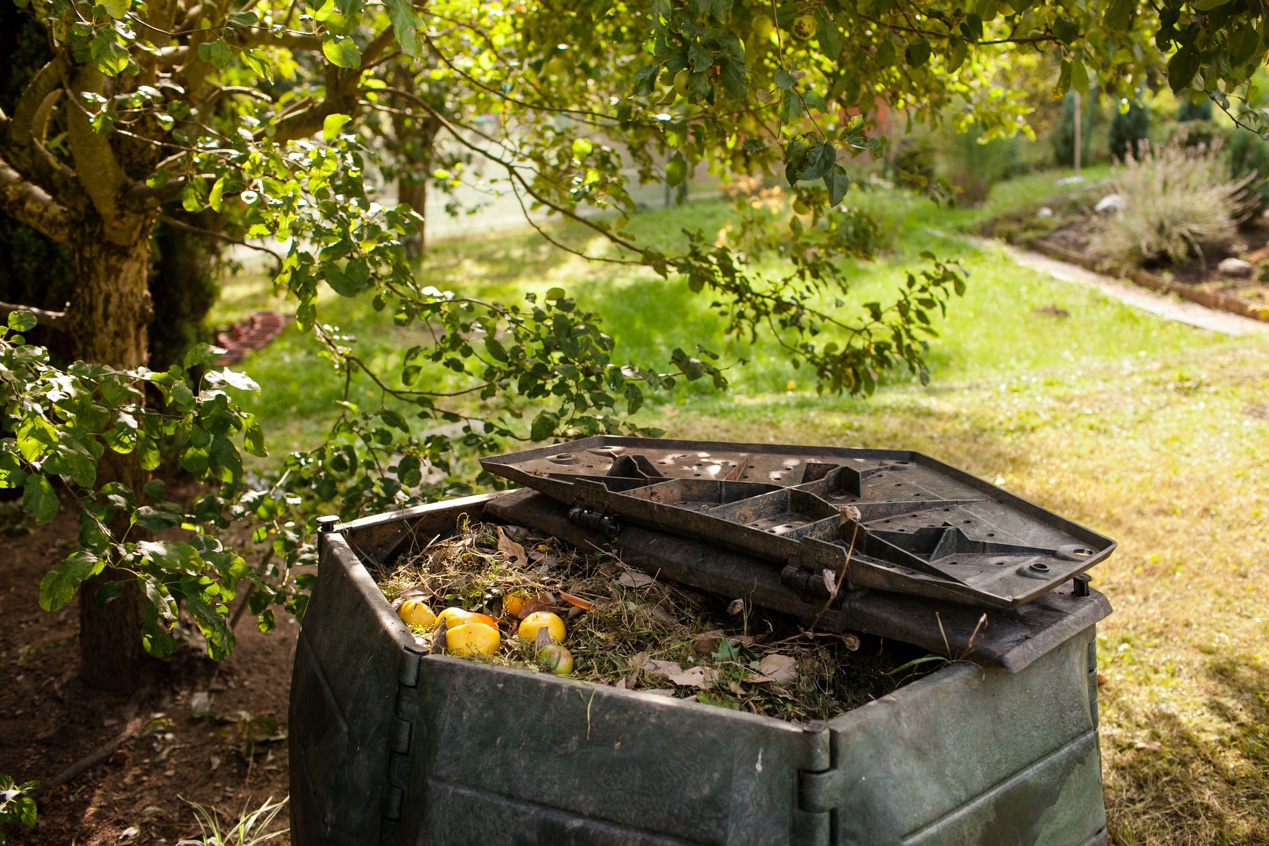Things Everyone Should Know About Compostable Plastics

More and more people are looking for ways to avoid consuming plastic products and adding to the growing amount of plastic waste ending up in our landfill and oceans, like the Great Pacific Garbage Patch.
While some people are going the zero waste route, others are looking for eco-friendly plastic alternatives, such as a compostable phone case, for everyday products. One of those alternatives is products made out of biodegradable or compostable materials.
Although biodegradable plastics and biobased compostable plastics are not new alternatives to traditional petroleum-based plastics, there still seems to be a lot of confusion surrounding “greener” plastic products.
Much like the education needed to properly sort recyclables (which let’s face it, can STILL be rather confusing) here are a few things you should know about compostable plastics that can help you pick the right products and dispose of them properly.
1、Biodegradable Plastic DOES NOT EQUAL Compostable Plastic
And the difference does matter.
Biodegradable refers to a material breaking down with the help of microorganisms. To be labelled a biodegradable plastic, there is no time limit set on when the product breaks down and these plastics CAN leave behind toxic residue.
Compostable refers to a material capable of breaking down into carbon dioxide, water, and biomass at the same rate as cellulose. Compostable plastic must also disintegrate and become indistinguishable in the compost and CANNOT leave any toxic material behind.
BIODEGRADABLE VS. COMPOSTABLE: WHAT’S THE DIFFERENCE?
That means compostable plastic breaks down to a point that it can help in the support of plant growth. Pretty awesome, right? #thecircleoflife

2、Compostable plastic WILL NOT biodegrade in a landfill
Throwing a “green” plastic product into a landfill defeats the purpose of creating and consuming biodegradable and compostable plastics in the first place.
Many people think, oh well, it’ll at least break down eventually...but...well actually, no it probably won’t.
These special plastics need air, moisture and sunlight to break down properly and unfortunately, landfills tend to entomb waste and deprive it from these necessary elements.
If you buy compostable plastics it’s up to YOU to make sure it ends up in a composting environment.

Hint: this is not a compost friendly environment.
3、Biodegradable and compostable plastics DO NOT mix with recyclable plastics
Now we already gave you the “don’t throw compostable plastic in the garbage” lecture but remember that goes for the blue bin too. This can create a wasteful extra step for the recycling plant to sort out bioplastics from recyclable plastics or contaminate the recycled materials in the process which again, defeats the whole purpose of both environmentally friendly initiatives.
This is why clear labelling is so crucial: compost your compostables!
4、Not all biodegradable and bioplastics are free of pthalates or bisphenol A (BPA)
Most people see the word bio and think “natural” and associate it with safe. But safe or non-toxic plastics are determined by further testing to ensure a bioplastic is free of harmful chemicals like lead, cadmium, BPA and pthalates.
This is another instance where reading the fine print is important.
Some compostable plastics will break down in a home composting environment
While certifications tend to let you know if a compostable plastic meets the standards (like US ASTM-6400-99) for an industrial composting facility, there are bioplastics out there that will also break down in a home composting environment.

The main difference is timing. In an industrial composting environment, materials can break down faster because they often grind the materials, consistently turn the piles over and reach higher temperatures. The rate at which a compostable plastic also depends on the thickness of the product aka a compostable takeout container will not break down at the same rate as a compostable utensil.
Have more questions about compostable plastics? Feel free to ask us anything at info@pelacase.com.
Pela Cases are COMPOSTABLE and free of lead, cadmium, BPA and phthalates. Our cases are made of a proprietary blend of biopolymers and Canadian Prairie flax shive. Pela Case is designed to protect your phone and formulated to reduce waste on our planet.
Recommended articles
-
Photo © iStockphoto.com/baona REPUBLISH July 16, 2019 — Have you ever stood in front of a supermarket shelf and wondered if you should buy that product made from bioplastics rather than the conventional kind? Many people assume all bioplastics are made from plants and can break down completely in the environment. But that’s not the case. The term “bioplastics” is actually used for two separate things: bio-based plastics (plastics made at least partly from biological matter) and biodegradable plastics (plastics that can be completely broken down by microbes in a reasonable timeframe, given specific conditions). Not all bio-based plastics are biodegradable, and not all biodegradable plastics are bio-based. And even biodegradable plastics might not biodegrade in every environment. Sounds confusing? It certainly is...
-
A worker examines plastic bottles at a recycling center in Santiago, Chile. MARTIN BERNETTI/AFP VIA GETTY IMAGES Bioplastics are being touted by industry marketers as the solution to plastics pollution. But the idea that bottles and packaging made of plant-based material can simply be discarded and then break down and disappear is false – recycling and reuse are the only strategies that can work. Coca-Cola calls it the PlantBottle — a new kind of recyclable plastic container, 30 percent of which is made from sugar cane and other plants, with the remaining 70 percent made from traditional oil-based plastic. The company says that PlantBottle packaging now accounts for nearly a third of its North American bottle volume and seven percent globally. Does the PlantBottle mean the giant soft drink company has crack...
-
Today, there is a bioplastic alternative for almost every conventional plastic material and corresponding application. Bioplastics – plastics that are biobased, biodegradable, or both – have the same properties as conventional plastics and, in many cases, even offer additional advantages. This includes a reduced carbon footprint or additional waste management options, such as composting. Bioplastics are an essential part of the bioeconomy and a fast-growing, innovative industry that has the potential to decouple economic growth from resource depletion and environmental impact. Bioplastics are a diverse family of materials with differing properties. There are three main groups: Bio-based or partially bio-based non-biodegradable plastics, such as bio-based PE, PP, or PET (so-called drop-ins) and bio-based technical performance polymers, such as PTT or TPC-E...




